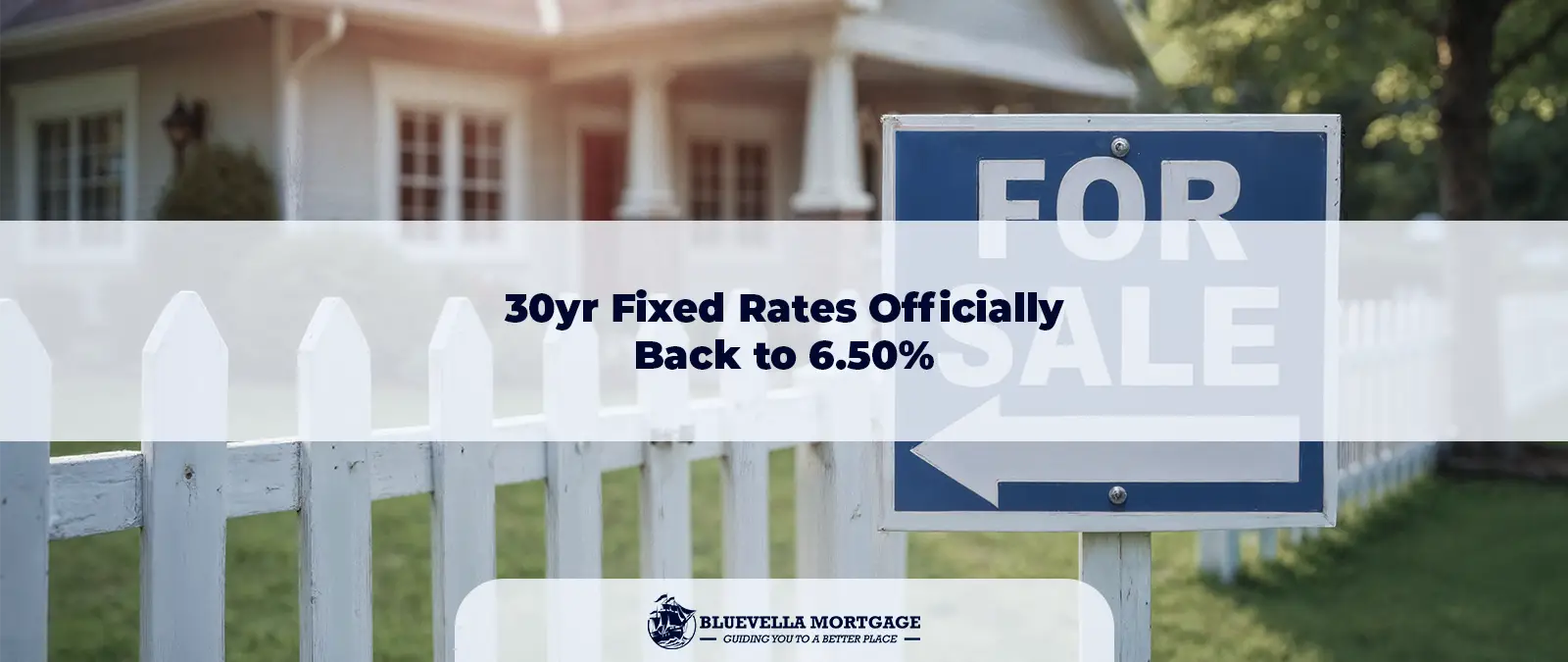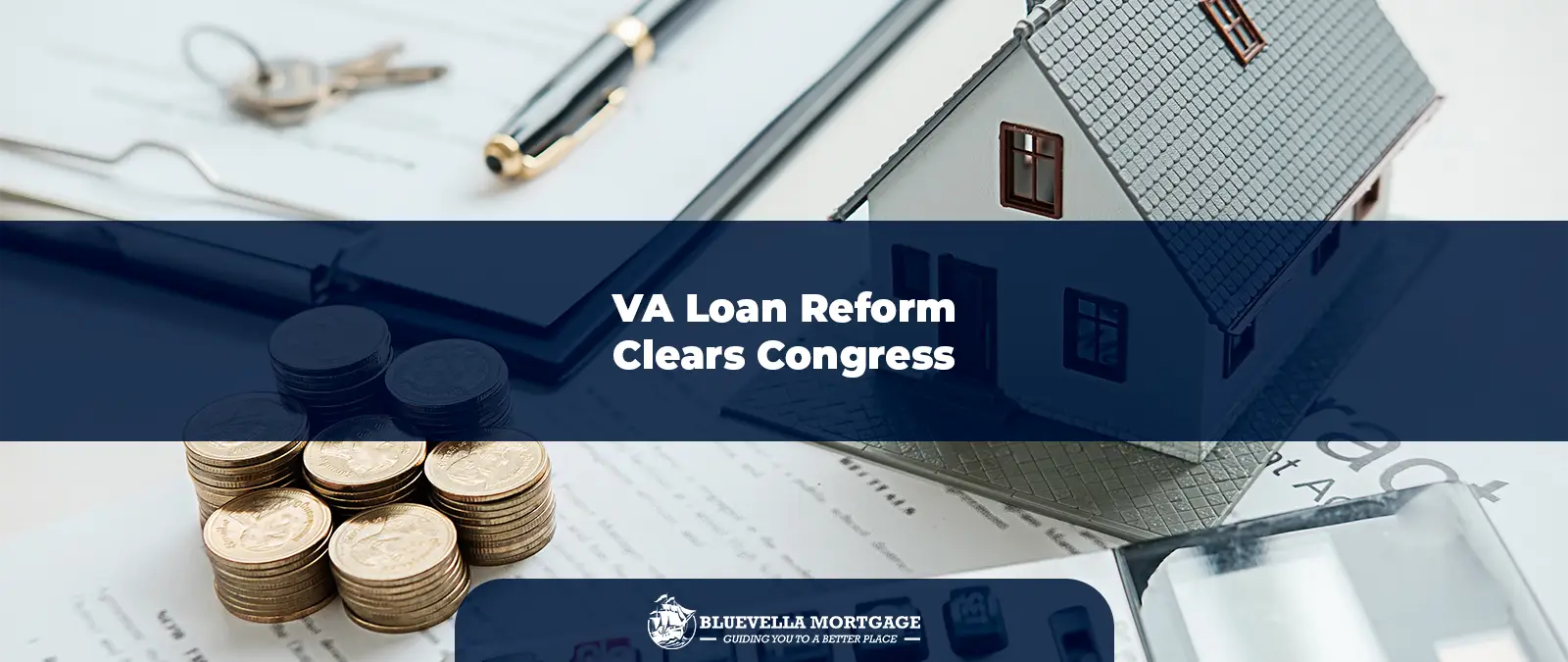
Trump may declare a national housing emergency
Introduction to the Housing Crisis The United States is currently facing a significant housing crisis characterized by escalating housing prices, soaring rent costs, and a

Introduction to the Housing Crisis The United States is currently facing a significant housing crisis characterized by escalating housing prices, soaring rent costs, and a

Introduction to 30-Year Fixed Rates The 30-year fixed mortgage rate is a popular financing option for homebuyers in the United States. This type of mortgage

Introduction to Mortgage Spreads Mortgage spreads represent the difference between mortgage interest rates and the yield on government bonds, particularly U.S. Treasuries. This financial metric

Introduction to Mortgage Rates Mortgage rates represent the interest charged on a loan used to purchase real estate. These rates play a critical role in

Introduction to Mortgage Rates Mortgage rates are the interest rates that lenders charge borrowers for home loans, significantly influencing the affordability of purchasing a home.

Introduction to the Housing Market in 2025 The housing market in 2025 presents a unique and complex landscape for prospective homebuyers. Recent trends indicate a

Introduction to June 2025 Home Sales The housing market has witnessed a notable shift in June 2025, marked by a significant surge in new home

Introduction to Current Mortgage Trends As of July 2025, mortgage rates have reached two-week lows, signaling a pivotal moment in the housing market. Understanding current

Introduction to Builder Confidence Builder confidence serves as a critical metric within the real estate sector, encapsulating the sentiments and projections of homebuilders regarding future

Introduction to VA Loan Reform The recent passage of the VA Loan Reform Act (H.R. 1815) represents a pivotal moment in the landscape of veteran

Introduction to the Housing Crisis The United States is currently facing a significant housing crisis characterized by escalating housing prices, soaring rent costs, and a pronounced shortage of affordable housing. As economic dynamics shift, several key drivers contribute to this alarming trend, which affects millions of Americans across diverse demographics.

Introduction to 30-Year Fixed Rates The 30-year fixed mortgage rate is a popular financing option for homebuyers in the United States. This type of mortgage has a fixed interest rate that remains consistent over the course of 30 years, providing borrowers with predictable monthly payments. One of the primary advantages

Introduction to Mortgage Spreads Mortgage spreads represent the difference between mortgage interest rates and the yield on government bonds, particularly U.S. Treasuries. This financial metric is vital for both homebuyers and investors, as it influences the cost of borrowing and overall mortgage affordability. The determination of mortgage spreads involves various

Introduction to Mortgage Rates Mortgage rates represent the interest charged on a loan used to purchase real estate. These rates play a critical role in the housing market, as they directly affect both the affordability of homeownership and the cost of borrowing. When individuals consider buying a home, the mortgage

Introduction to Mortgage Rates Mortgage rates are the interest rates that lenders charge borrowers for home loans, significantly influencing the affordability of purchasing a home. They play a critical role in the housing market by determining how much prospective homebuyers pay for borrowing funds. A lower mortgage rate usually equates

Introduction to the Housing Market in 2025 The housing market in 2025 presents a unique and complex landscape for prospective homebuyers. Recent trends indicate a notable decline in home prices, with homebuilders implementing price cuts at the highest rate seen in three years. This situation arises from a convergence of

Introduction to June 2025 Home Sales The housing market has witnessed a notable shift in June 2025, marked by a significant surge in new home sales. This increase is indicative of changing dynamics within the real estate sector, influenced primarily by a decrease in home prices, which has made new

Introduction to Current Mortgage Trends As of July 2025, mortgage rates have reached two-week lows, signaling a pivotal moment in the housing market. Understanding current mortgage trends is essential for potential homebuyers and those thinking about refinancing their existing loans. Interest rates play a critical role in these decisions, as

Introduction to Builder Confidence Builder confidence serves as a critical metric within the real estate sector, encapsulating the sentiments and projections of homebuilders regarding future housing market conditions. Essentially, it reflects builders’ perceptions of current sales conditions, anticipated sales, and expectations for the next six months, which collectively form a

Introduction to VA Loan Reform The recent passage of the VA Loan Reform Act (H.R. 1815) represents a pivotal moment in the landscape of veteran homeownership. This legislation addresses the myriad of challenges that veterans have long encountered when attempting to secure home loans. Historically, veterans have faced barriers, such